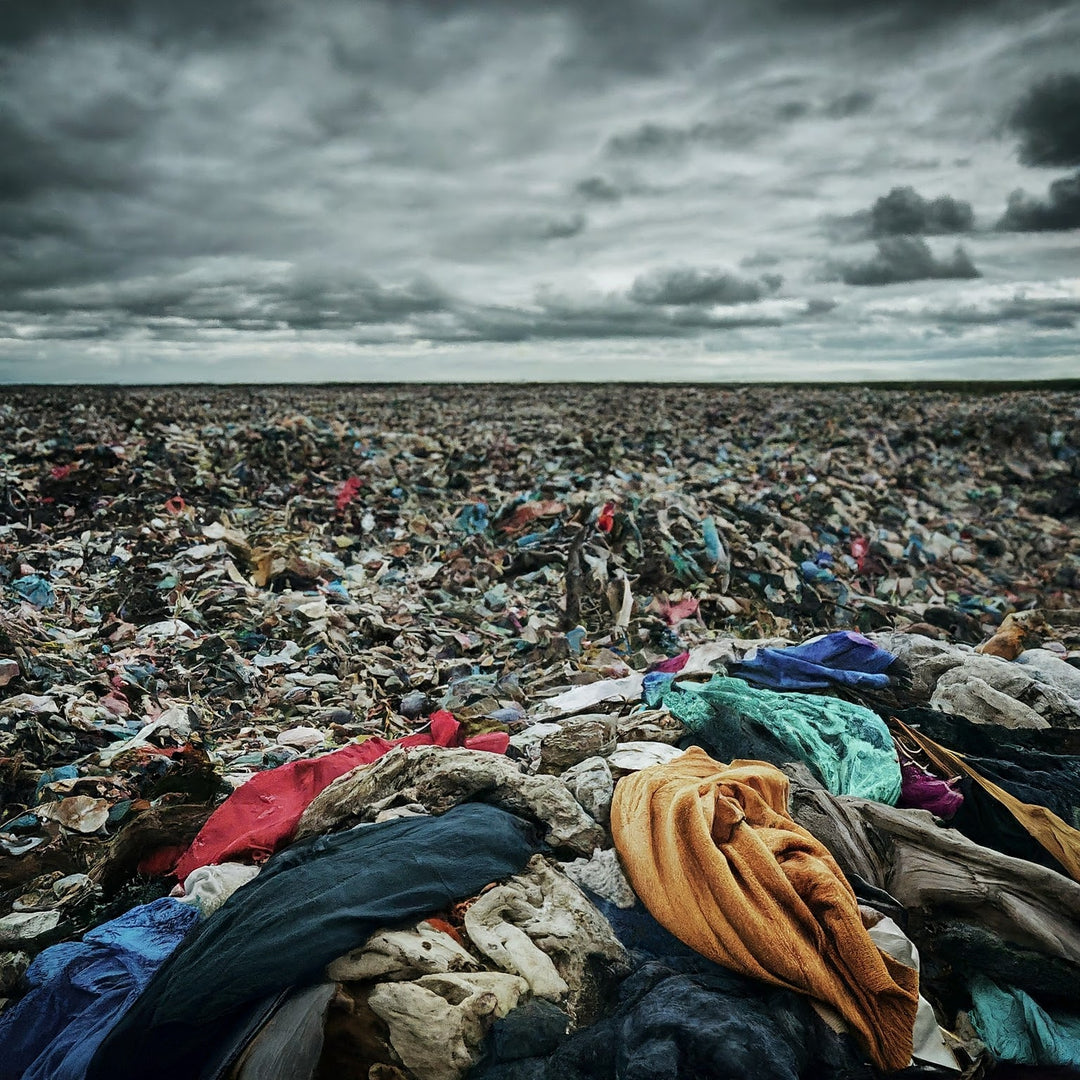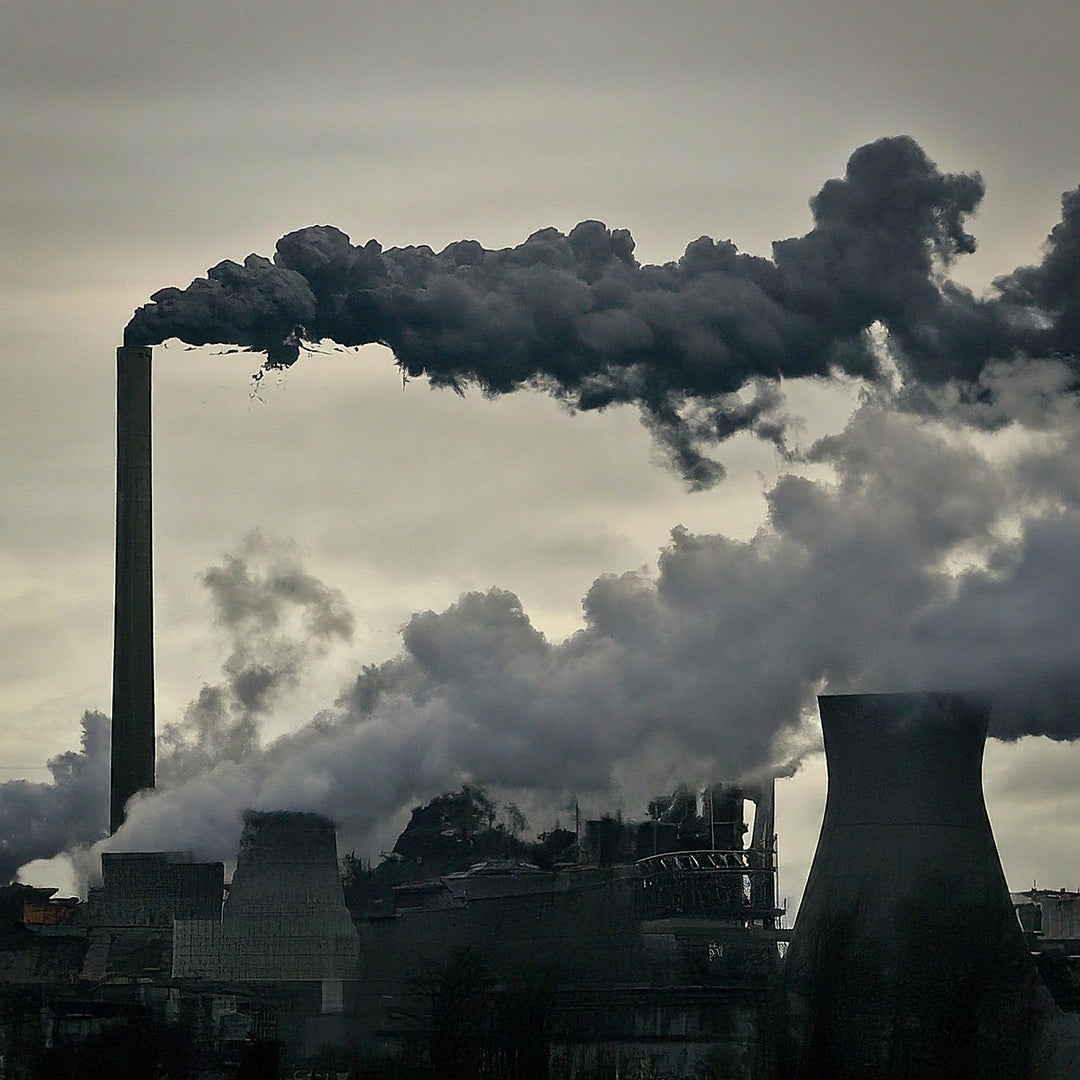Journal
In recent years, much of the world’s fashion production has been outsourced to developing countries. However, this doesn’t just affect emissions from shipment – developing countries also rely on fossil fuels to power the factories where garments are made, producing even more emissions.

The more clothing we wear, the more it ends up being thrown away. Fast fashion has drastically increased the amount of clothing we buy and wear – and how quickly it ends up in a landfill. We increasingly perceive garments as a disposable resource, one we can throw away and replace whenever we want.
Although the financial cost of a frequent disposal of clothing has gotten much more manageable; the environmental toll of this disposal is only increasing.
Currently, 85% of all rejected clothing ends up in a landfill or being incinerated. Only a small fraction is recycled, repurposed, or repurchased.

Although the carbon emissions produced during the production of the garments we wear are often overlooked, we must not forget about them when working towards a more sustainable lifestyle.

We're all becoming more aware of our environmental footprint. Whether it's saying goodbye to single-use plastic or swapping our cars for a bike when commuting to work, we've all been trying to become more sustainable. As consumers, we're shifting our focus on buying eco-friendly and ethical products, with all of us becoming more informed about the need for industries to become responsible and incorporate sustainability within their supply chains.
We're taking a look at the United Nations 17 sustainability development goals and how the contemporary fashion industry can adapt to meet them.

If you've landed on this article, chances are you're thinking of how to become more sustainable with your fashion choices. Unfortunately, the internet is full of statistics and sometimes conflicting information about the fashion industry. It can seem almost impossible to become truly sustainable when it comes to filling your closet with clothes.
While you'll need to make some changes to shopping habits, it's not the uphill battle some people portray it as. We're sharing four of our top tips for embracing sustainable fashion. Spoiler alert: it's minimalism.



